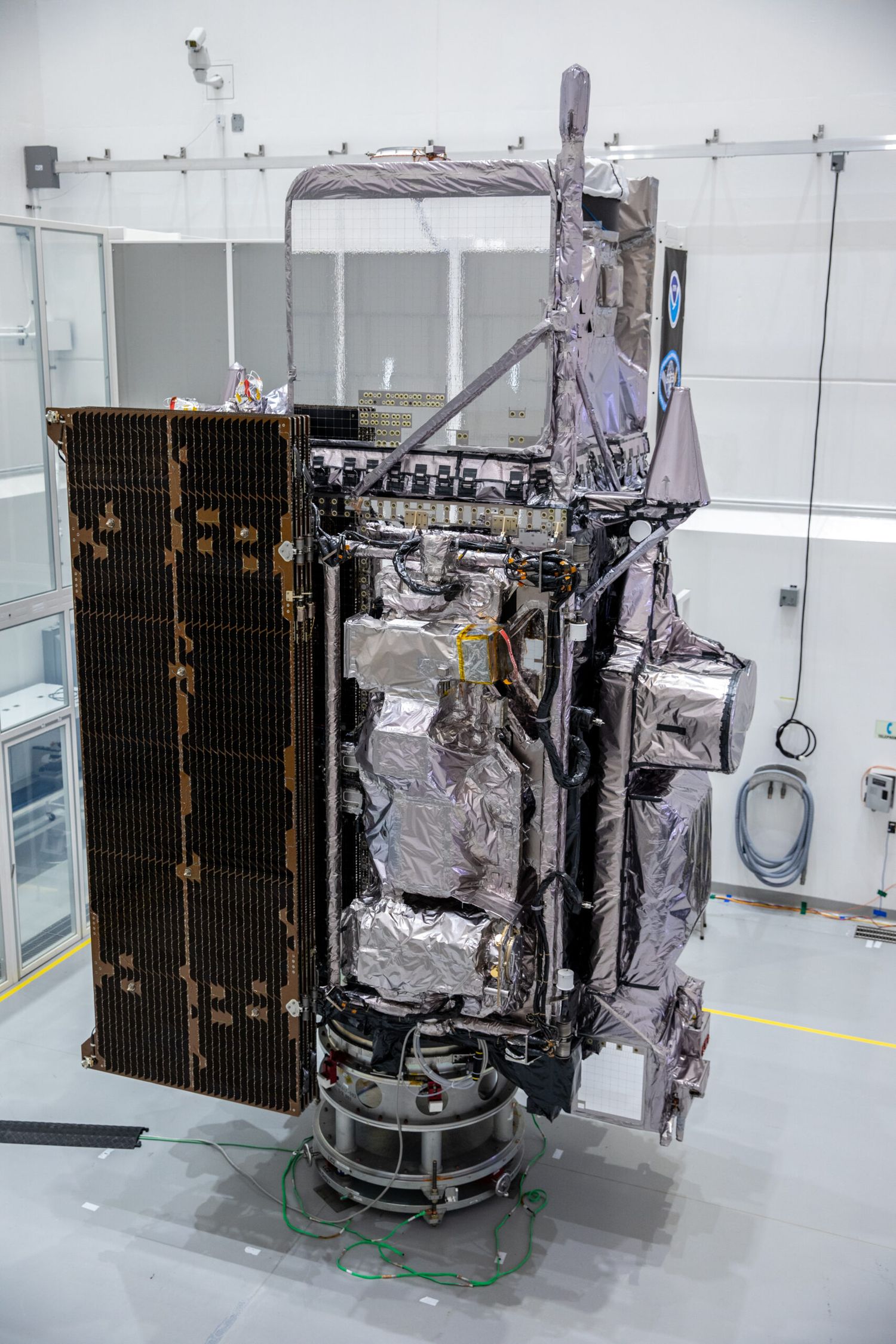Mexican Space Agency to work with NASA to educate about the space industry
The Mexican Space Agency (AEM) announced that it will work together with NASA to strengthen space education in Mexico, with an emphasis on the early detection capabilities that satellites provide for natural disasters.
This occurs in the framework of the launch of the GOES-T satellite, which took place on 1 February from the US space agency’s facilities in Cape Canaveral, Florida. AEM explained that the GOES satellite system helps to protect more than one billion people living in the Americas.
Towards this goal, the director-general of the Mexican Space Agency (AEM), held meetings with officials and specialists at NASA’s facilities. He anticipated that, once the device begins to operate fully after reaching its final orbit and initializing its systems – a process that would take several months – educational tasks will begin.
From their geostationary orbit at an altitude of 35,790 kilometers, the GOES family of satellites use their instruments to continuously monitor the American continent. They feed data to the National Oceanic and Atmospheric Administration (NOAA). Through these, NOAA issues reports, warnings, and forecasts important to the operation of military and civilian communications systems, power grids, and air navigation.
GOES-T, the newest member of this system, is equipped with state-of-the-art technology to assist in civil protection efforts. Thanks to the advances implemented on the ship’s bus, it will allow access to critical real-time information. Hence it will improve forecasts and speed up decision-making during environmental disasters.


Comentarios
Para comentar, debés estar registrado
Por favor, iniciá sesión